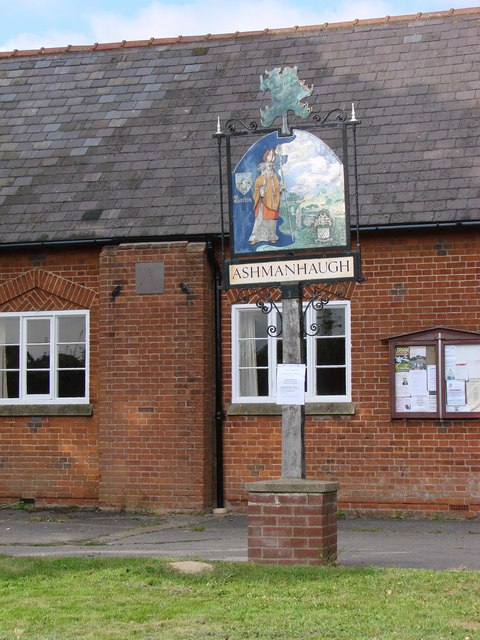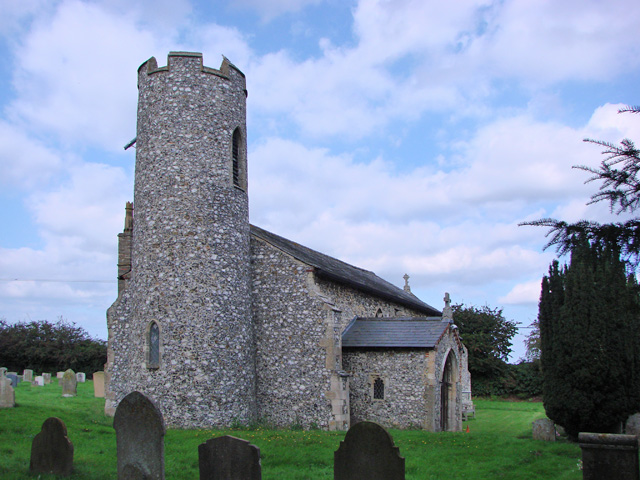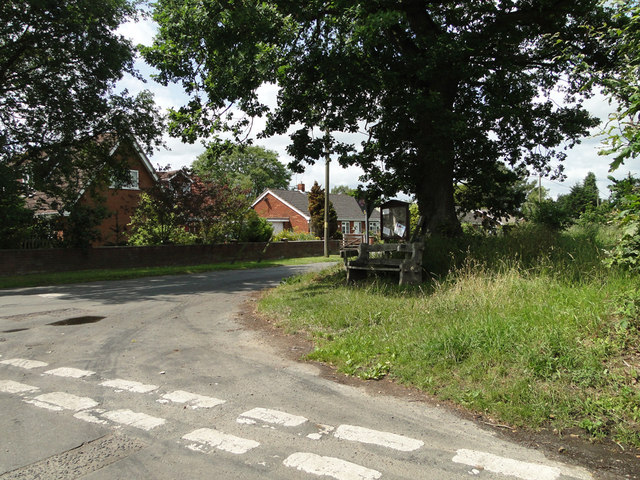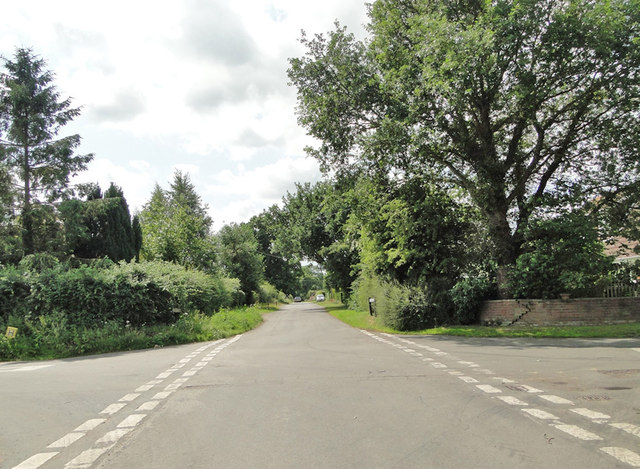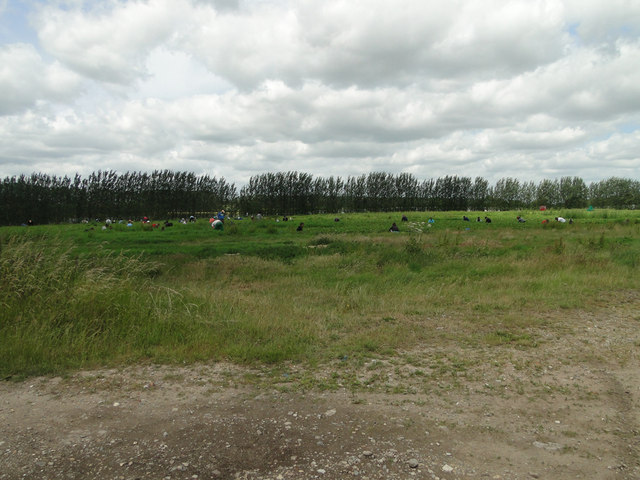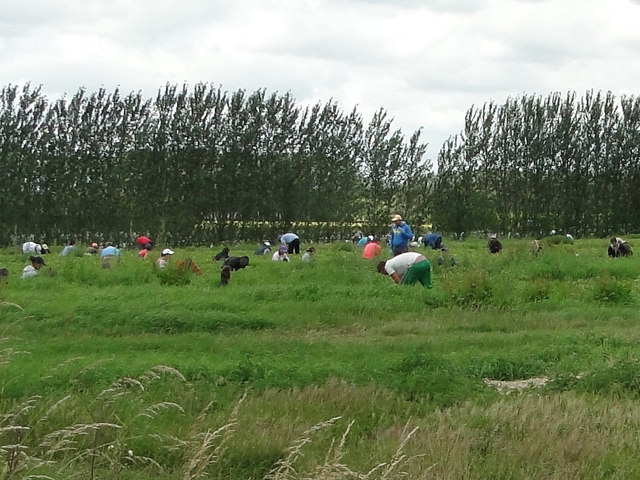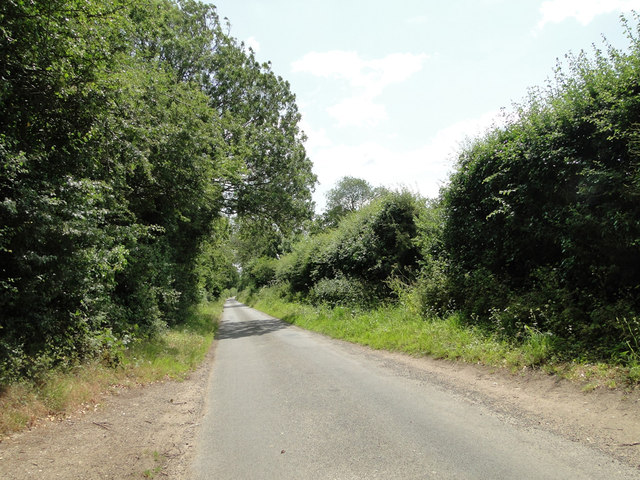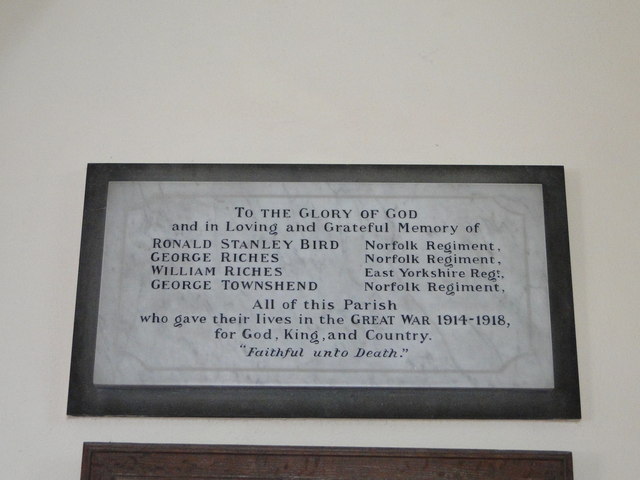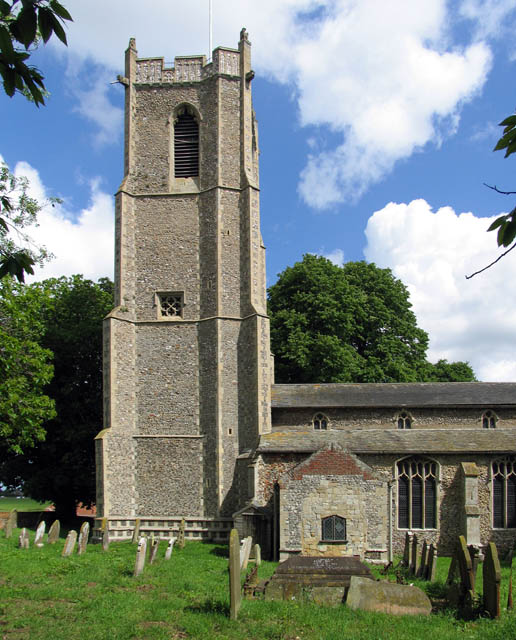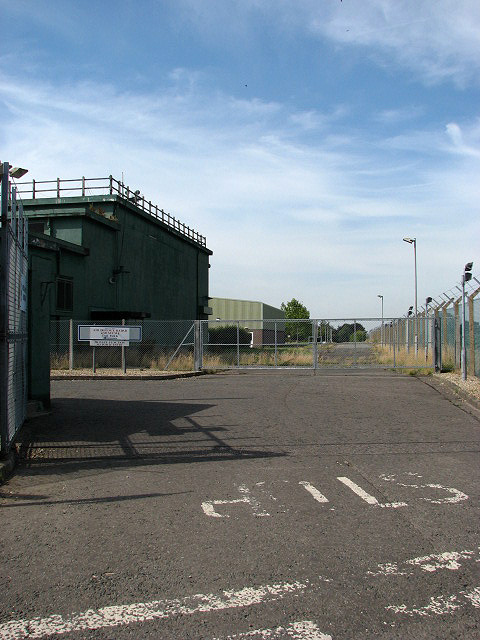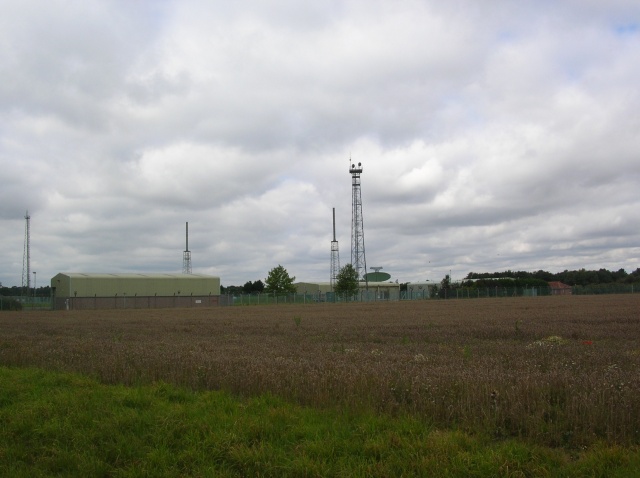Pithole Plantation
Wood, Forest in Norfolk North Norfolk
England
Pithole Plantation

Pithole Plantation, located in Norfolk, is a picturesque woodland area known for its diverse flora and fauna. Covering an area of approximately 200 acres, the plantation is a haven for nature enthusiasts and provides a tranquil escape from the bustling city life.
The plantation is primarily composed of dense woodland, featuring a variety of tree species such as oak, beech, and birch, which create a canopy of greenery. The forest floor is adorned with a rich carpet of wildflowers, adding a burst of color to the landscape. The plantation also boasts a small river that meanders through its heart, providing a source of water for the plants and attracting a range of aquatic creatures.
The diverse ecosystem of Pithole Plantation supports a wide array of wildlife. Birdwatchers can spot species such as woodpeckers, owls, and various songbirds, while small mammals like rabbits, squirrels, and hedgehogs scurry through the undergrowth. The plantation is also home to a variety of insects, including butterflies and dragonflies, which flit amongst the flowers.
Pithole Plantation offers several walking trails and paths, allowing visitors to explore the natural beauty of the area. These trails are well-maintained and offer a peaceful and serene environment for hikers. The plantation also provides picnic areas, making it an ideal spot for families and friends to enjoy a day out in nature.
Overall, Pithole Plantation in Norfolk is a haven for nature lovers, offering beautiful woodland scenery, a diverse range of flora and fauna, and a peaceful atmosphere for visitors to enjoy.
If you have any feedback on the listing, please let us know in the comments section below.
Pithole Plantation Images
Images are sourced within 2km of 52.73357/1.4439541 or Grid Reference TG3220. Thanks to Geograph Open Source API. All images are credited.


![Beeston Hall This fine country house is attributed to the architect William Wilkins of Norwich. It was built in 1786 for Jacob Preston near the site of an older mansion which was torn down. The surrounding park, now largely given over to farming, is believed to have been laid out at around the same time.
In the 1940s, Beeston Hall was owned by Sir Thomas Preston, O.B.E (1886-1976), 6th baronet, who spent most of his time overseas. As a young man, he went on mining expeditions in northern Siberia prospecting for gold and he later joined the Diplomatic Service. He was British Consul in Ekaterinburg at the time of the murder in 1918 by the Bolsheviks of Tsar Nicholas II and the Russian Imperial family. Sir Thomas was succeeded by his eldest son, Sir Ronald Douglas Hildebrand Preston, 7th Baronet, who served as a Major in the Intelligence Corps and later worked for Reuters and The Times as a foreign correspondent. He was also a member of the SOE (Special Operations Executive, a covert military organisation).
From 1940 to 1942, Beeston Hall housed the Norfolk Auxiliary Units&#039; administrative headquarters and it was here where Captain Nigel Oxenden [later Major Nigel Oxenden MC] and his staff were based. Although the Hall is surrounded by extensive park and farmland, no training exercises appear to have been held at Beeston.
At present, the estate is known as the Beeston Hall Arabian Stud.
(Picture taken by kind permission of the owner.)](https://s1.geograph.org.uk/geophotos/04/36/62/4366233_174a9e27.jpg)
![Beeston Hall This fine country house is attributed to the architect William Wilkins of Norwich. It was built in 1786 for Jacob Preston near the site of an older mansion which was torn down. The surrounding park, now largely given over to farming, is believed to have been laid out at around the same time.
In the 1940s, Beeston Hall was owned by Sir Thomas Preston, O.B.E (1886-1976), 6th baronet, who spent most of his time overseas. As a young man, he went on mining expeditions in northern Siberia prospecting for gold and he later joined the Diplomatic Service. He was British Consul in Ekaterinburg at the time of the murder in 1918 by the Bolsheviks of Tsar Nicholas II and the Russian Imperial family. Sir Thomas was succeeded by his eldest son, Sir Ronald Douglas Hildebrand Preston, 7th Baronet, who served as a Major in the Intelligence Corps and later worked for Reuters and The Times as a foreign correspondent. He was also a member of the SOE (Special Operations Executive, a covert military organisation).
From 1940 to 1942, Beeston Hall housed the Norfolk Auxiliary Units&#039; administrative headquarters and it was here where Captain Nigel Oxenden [later Major Nigel Oxenden MC] and his staff were based. Although the Hall is surrounded by extensive park and farmland, no training exercises appear to have been held at Beeston.
At present, the estate is known as the Beeston Hall Arabian Stud.
(Picture taken by kind permission of the owner.)](https://s3.geograph.org.uk/geophotos/04/36/62/4366235_2e6285be.jpg)

Pithole Plantation is located at Grid Ref: TG3220 (Lat: 52.73357, Lng: 1.4439541)
Administrative County: Norfolk
District: North Norfolk
Police Authority: Norfolk
What 3 Words
///booklets.health.survivor. Near Hoveton, Norfolk
Nearby Locations
Related Wikis
Hoveton Hall
Hoveton Hall in the parish of Hoveton in Norfolk is a Regency-style country house made of gault brick with a slate roof. It was built between 1809 and...
Ashmanhaugh
Ashmanhaugh is a village and civil parish in the English county of Norfolk, situated some 20 km north east of Norwich. See Inside the churches of St Swithins...
Neatishead
Neatishead ( NEET-stəd) is a village and civil parish in the English county of Norfolk. The village is situated some 20 km (12 mi) north-east of the city...
St Michael and All Angels Church, Barton Turf
St Michael and All Angels is the Church of England parish church of Barton Turf in the county of Norfolk in England. See Inside here. It stands about a...
Bewilderwood
BeWILDerwood is an adventure park for families located in Horning, a parish in the English county of Norfolk. Self-described as a "curious treehouse adventure...
Broadland High Ormiston Academy
Broadland High Ormiston Academy is a rural mixed academy in Hoveton, Norfolk for pupils aged 11 to 16. As of August 1, 2018, the school joined Ormiston...
RAF Air Defence Radar Museum
The Royal Air Force Air Defence Radar Museum is a museum on the site of the former Royal Air Force radar and control base RAF Neatishead, close to the...
RAF Neatishead
Remote Radar Head Neatishead ( NEE-tis-hed), and commonly abbreviated RRH Neatishead, is an air defence radar site operated by the Royal Air Force (RAF...
Nearby Amenities
Located within 500m of 52.73357,1.4439541Have you been to Pithole Plantation?
Leave your review of Pithole Plantation below (or comments, questions and feedback).

